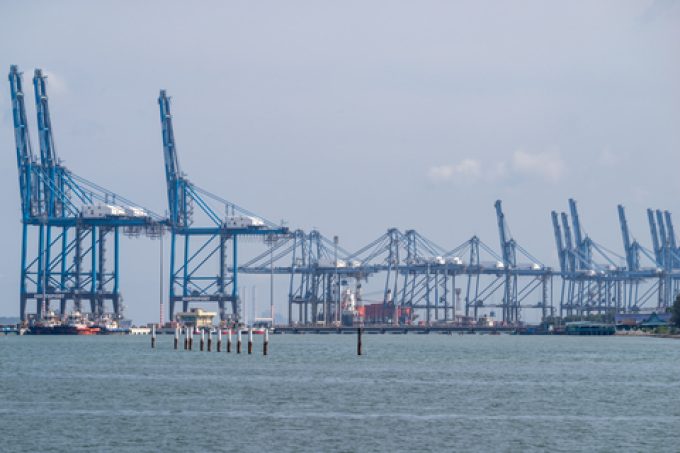Indian air cargo exports flying, boosted by improvements and expansion
International air cargo volumes out of India were estimated to have surged 19% year on ...

The deployment of digital ’single windows’ in ports has the potential to bring considerable improvements to shipper and forwarder port-related operations, and vastly reduce the number of unfair or contested container-related charges levied by shipping lines.
Under the International Maritime Organization’s (IMO) Facilitation Convention (FAL), which entered into force on 1 January this year, it is now mandatory for public authorities to establish, maintain and use single window systems for the electronic exchange of information required on arrival, stay and departure ...
Volcanic disruption at Anchorage could hit transpacific airfreight operations
Macron calls for ‘suspension’ – CMA CGM's $20bn US investment in doubt
Forwarders stay cool as US 'liberation day' tariffs threaten 'global trade war'
De minimis exemption on shipments from China to the US will end in May
Shippers snap up airfreight capacity to US ahead of tariff deadline
Tighter EU import requirements proving 'a challenge' for forwarders
Looming Trump tariffs will create 'a bureaucratic monster' for Customs

Comment on this article